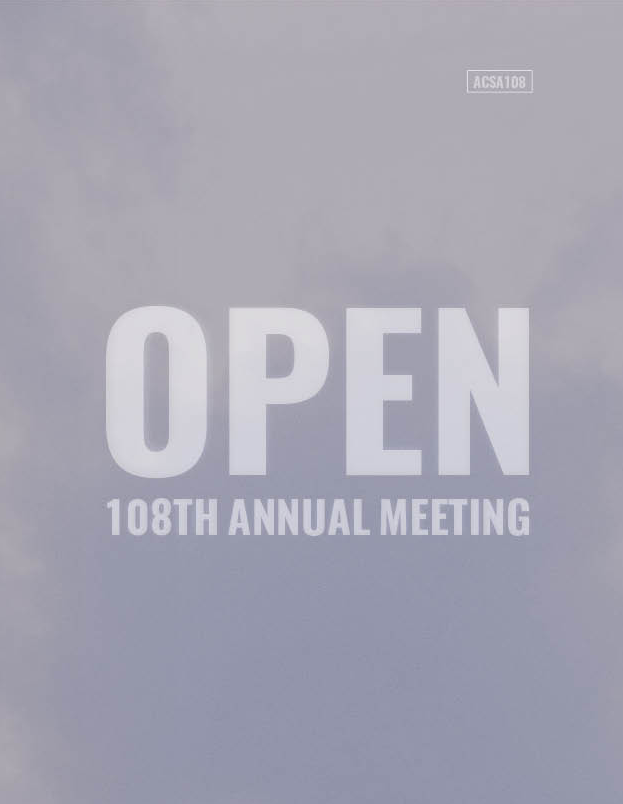Author(s): Benjamin J. Smith & Carrie Norman
At one time, authorship was derivative. From Quatremere de Quincy’s theories on type, to Jean-Nicolas-Louis Durand’s study of morphology, some of the earliest theoretical textson architecture propose imitation as the common starting point for any process of artistic production. The following paper elaborates on a course co-taught by an architect and an historian on design’s relationship to the aesthetics of architectural production. The motive of the course was twofold: introduce architecture students to digital media and address concepts that influence representation, including intellectual foundations and rules of drawing. Conceived of as a series of six drawing assignments, the course problematized fundamental elements of architecture—not doors, windows, walls, balconies, and toilets, but form, image, and representation became the lens for production. Through these lenses, students tackled the stakes of architectural image-making to imagine the craft of drawing through methods of visualization. Students reconstituted plans, sections, and renderings of given source materials that included fifteen precedents spanning 2000 years of architecture’s history. While the conventions specific to architectural graphic standards remained intact, assignment objectives aimed to leverage composition, configuration, and copy as sites of invention to transformsource materials. Weekly lectures addressing the aesthetics of drawing, supplemented by texts by architects and theorists, including Massimo Scolari, Robin Evans, Sonit Bafna, Sam Jacob, and John May, among others, situated students’ efforts within a discursive context focused on mobilizing drawings as communicative artifacts that reveal qualities of architecture. Viewing architectural history as an open-source canon, students proposed alternatives by confronting architecture’s past. Hovering between autographic and allographic subjects, architectural representation challenged the ethic of authorship as an artifact tethered, in equal parts, to repeatability and reproduction, as well as uniqueness and autonomy. Building off of discourse from aesthetic philosophy surrounding the copy and the fake, architectural drawings can be evaluated as devices to question intention and invention through pedagogy. The drawings from the class performed as both visioning and re-visioning tools, redrawing history, mobilizing referents, to make something new. Today, authorship is contingent.
https://doi.org/10.35483/ACSA.AM.108.92
Volume Editors
ISBN
978-1-944214-26-5

 Study Architecture
Study Architecture  ProPEL
ProPEL 
